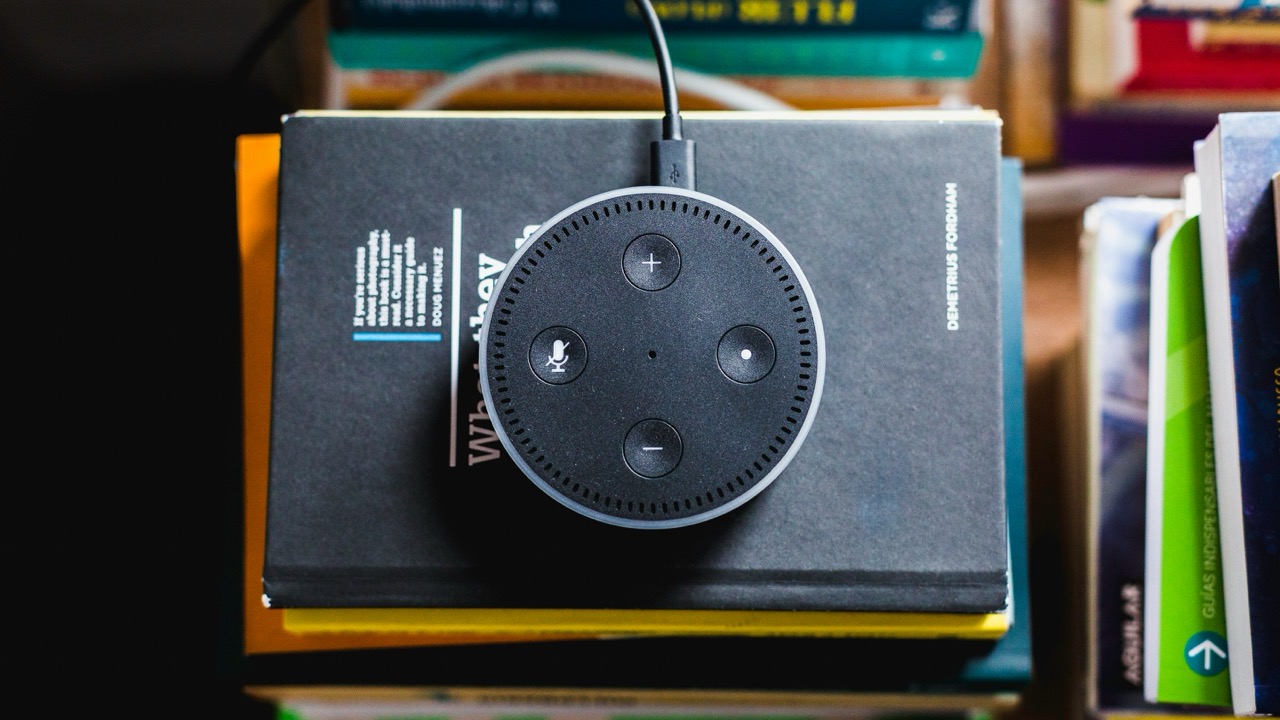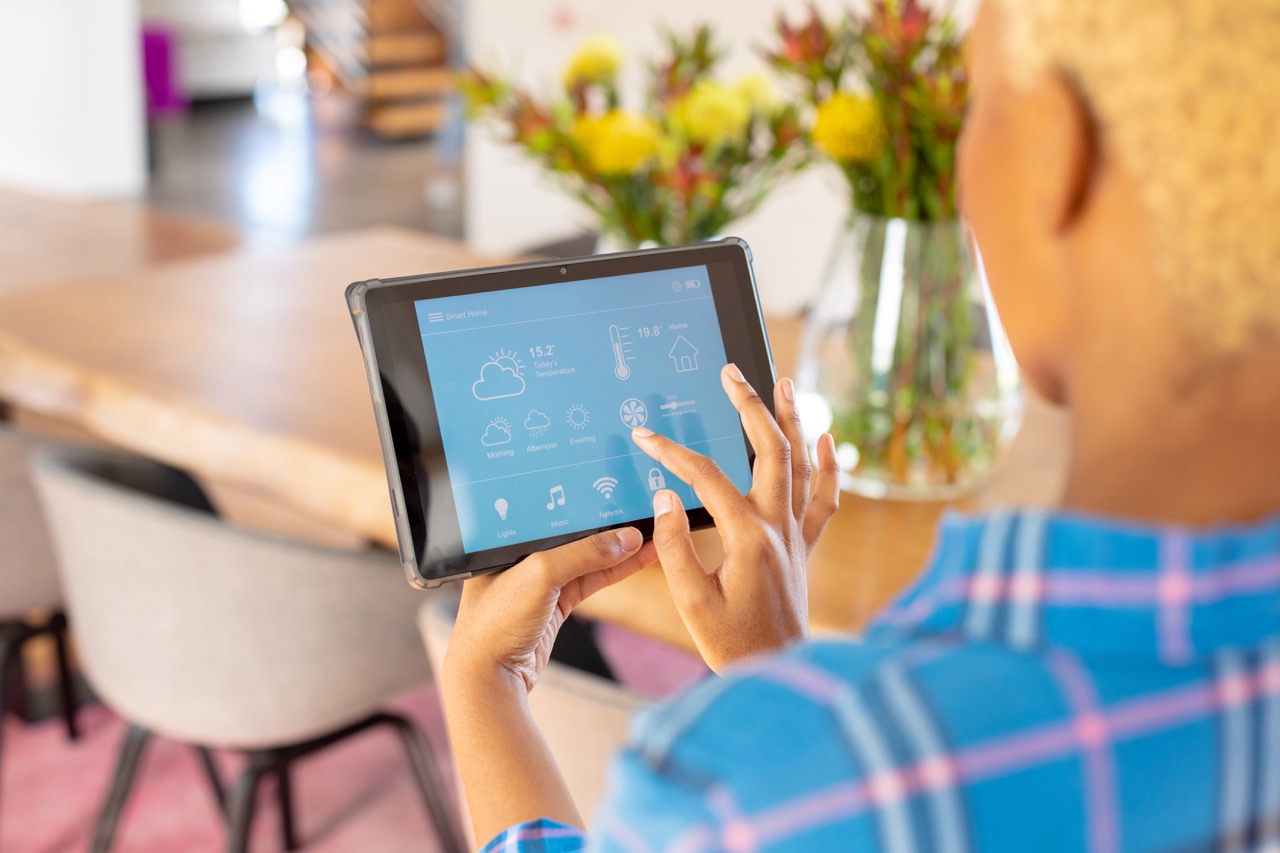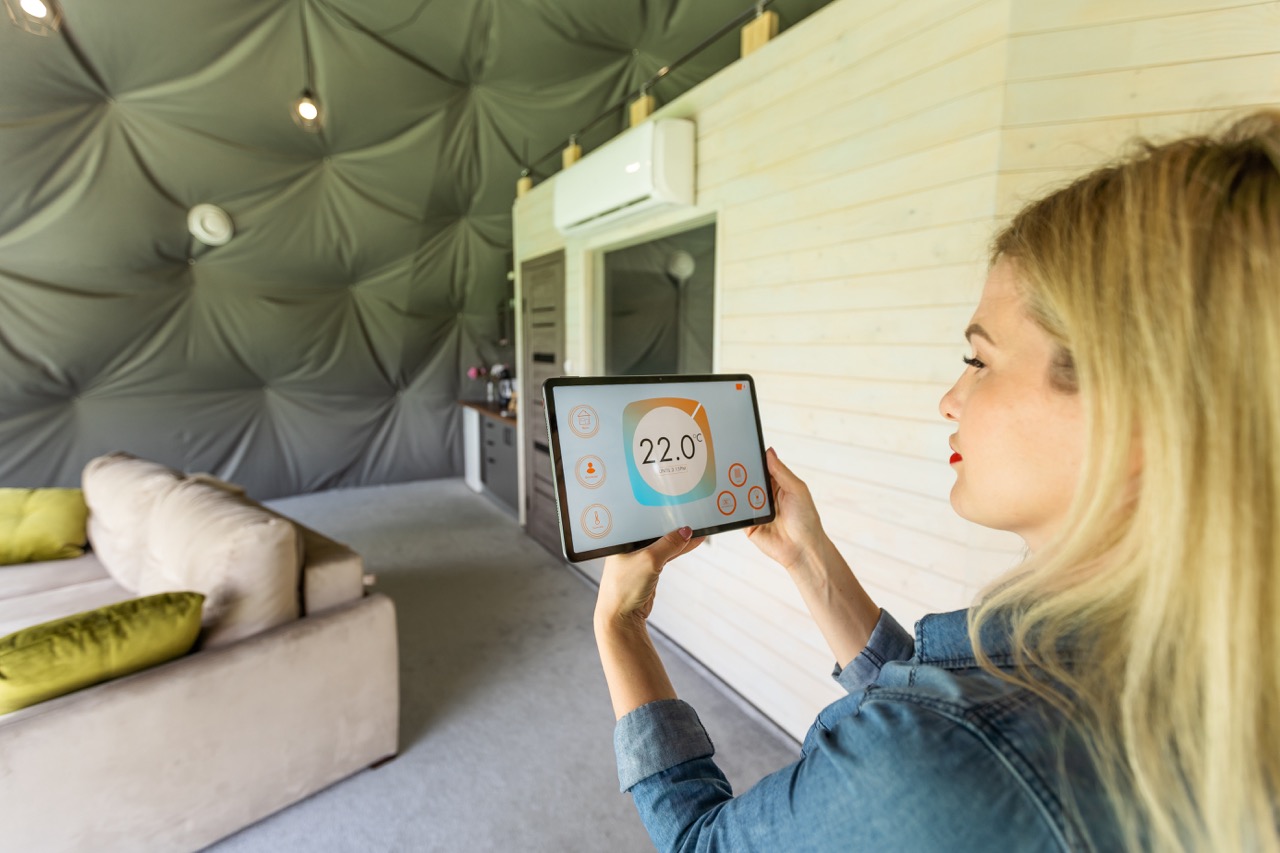The agricultural sector has witnessed a remarkable transformation over the past few decades, largely driven by technological advancements. Smart farming devices, which leverage cutting-edge technology to enhance productivity and sustainability, have emerged as a pivotal element in modern agriculture. Innovators in this field have harnessed the power of sensors, data analytics, and automation to create solutions that not only improve crop yields but also optimize resource management. In this article, we delve into the evolution of agricultural technology, key innovations shaping smart farming devices, the crucial role of data analytics, and the future prospects for smart farming innovations.
The Evolution of Agricultural Technology: A Historical Overview
Agricultural technology has evolved significantly from traditional practices to modern mechanized systems. The introduction of the plow in ancient civilizations marked the beginning of more efficient farming methods, allowing for greater land cultivation. Over the centuries, innovations such as the seed drill, irrigation systems, and chemical fertilizers transformed agricultural productivity. Each advancement laid the groundwork for subsequent technologies, culminating in the sophisticated farming techniques we see today.
The 20th century saw a dramatic shift with the advent of powered machinery and the Green Revolution, which introduced high-yielding variety seeds, synthetic fertilizers, and pesticides. These changes drastically increased food production, but they also led to challenges, such as soil degradation and increased dependency on chemical inputs. Recognizing these issues, the agricultural community began to seek solutions that would balance productivity with environmental sustainability, paving the way for the development of smart farming technologies.
In the 21st century, the rise of digital technology revolutionized agriculture once again. The integration of the Internet of Things (IoT), artificial intelligence (AI), and machine learning into farming practices enabled real-time monitoring and decision-making. This era marked the transition from conventional farming to precision agriculture, where smart devices and data-driven approaches became instrumental in enhancing efficiencies and minimizing waste.
Key Innovations That Shaped Smart Farming Devices
Several key innovations have played a crucial role in the development of smart farming devices. One of the most significant advancements is the use of sensors, which can monitor a variety of parameters, including soil moisture, temperature, and nutrient levels. These sensors provide farmers with real-time data, enabling them to make informed decisions regarding irrigation, fertilization, and pest control. By utilizing this technology, farmers can optimize resource use and minimize environmental impact.
Drones and aerial imagery represent another breakthrough in agricultural technology. By capturing high-resolution images and data from above, these devices allow farmers to assess crop health, monitor growth patterns, and identify problem areas that may require intervention. This aerial approach complements ground-level monitoring, providing a comprehensive view of farm conditions. The integration of drone technology with machine learning algorithms further enhances its efficacy, allowing for predictive analytics and targeted interventions.
Robotics and automation have also made significant strides in agriculture. The development of autonomous tractors, robotic harvesters, and automated planting systems has reduced the reliance on manual labor while increasing efficiency. These innovations not only streamline operations but also minimize the physical strain on workers, making agriculture more accessible for future generations. Together, these key innovations have transformed the landscape of farming, laying the foundation for a smart farming revolution.
The Role of Data Analytics in Modern Agriculture Solutions
Data analytics has become an integral part of modern agriculture, enabling farmers to leverage vast amounts of information for better decision-making. By collecting and analyzing data from various sources, such as sensors, satellites, and weather forecasts, farmers can gain valuable insights into their operations. This data-driven approach allows for more precise management of resources, ultimately leading to improved yields and reduced costs.
Predictive analytics, a subset of data analytics, plays a crucial role in foreseeing potential challenges and opportunities in agriculture. By examining historical data and recognizing trends, farmers can anticipate issues such as pest outbreaks, disease spread, or adverse weather conditions. This foresight enables them to implement proactive measures, thereby safeguarding their crops and enhancing overall productivity.
Moreover, data analytics fosters collaboration among stakeholders in the agricultural sector. By sharing insights and best practices, farmers, agronomists, and technology providers can work together to develop more efficient farming strategies. The synergy of data-driven decision-making not only improves individual farm operations but also contributes to broader efforts aimed at achieving food security and sustainability in a rapidly changing world.
Future Prospects: Trends in Smart Farming Innovations
As technology continues to advance, the future of smart farming is poised for further innovation and growth. One of the most promising trends is the increasing integration of AI and machine learning into agricultural processes. These technologies can analyze complex datasets to uncover patterns, optimize farming practices, and automate decision-making, thereby enhancing productivity and resilience in the face of climate change and population growth.
Another trend gaining traction is the development of vertical farming and controlled environment agriculture (CEA). These innovative approaches to food production allow for year-round cultivation with minimal land and water usage. By incorporating smart farming devices such as climate control systems, automated nutrient delivery, and real-time monitoring, vertical farms can achieve higher yields in urban settings, reducing the need for transportation and promoting local food systems.
Finally, the rise of blockchain technology is set to revolutionize supply chain management in agriculture. By providing transparent, traceable records of production practices, blockchain can improve food safety, enhance trust among consumers, and facilitate fair pricing for farmers. As these technologies converge and evolve, the potential for smart farming to contribute to sustainable food production and environmental stewardship will only grow.
In summary, the development of smart farming devices by innovators has revolutionized the agricultural landscape, paving the way for more efficient, sustainable, and data-driven practices. From the historical evolution of agricultural technology to the key innovations shaping current solutions, the role of data analytics, and future trends, it is clear that smart farming is not merely a passing trend but a fundamental shift in how we approach food production. As technology continues to advance and adapt to global challenges, smart farming will play a crucial role in ensuring food security and sustainability for generations to come.










